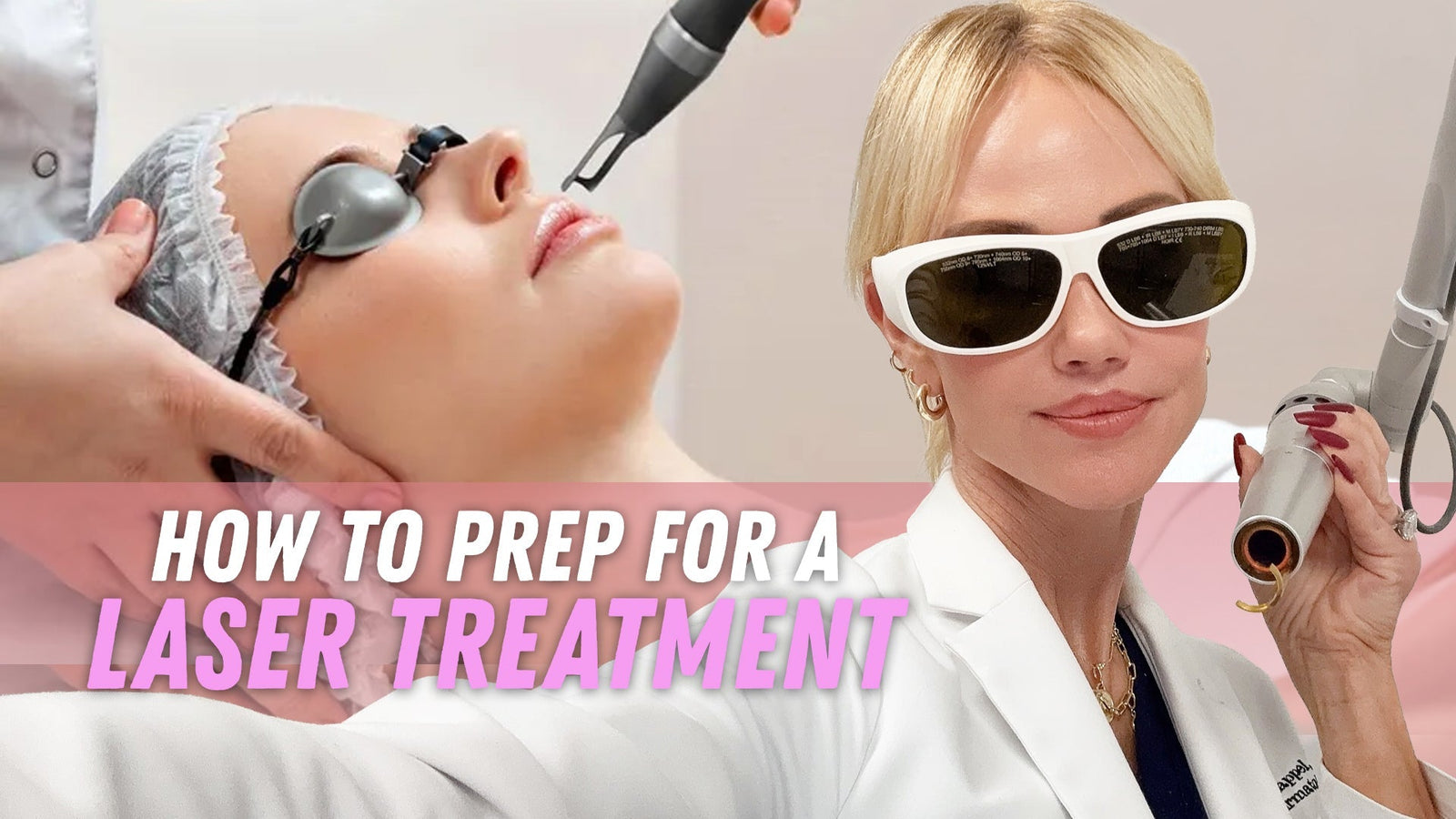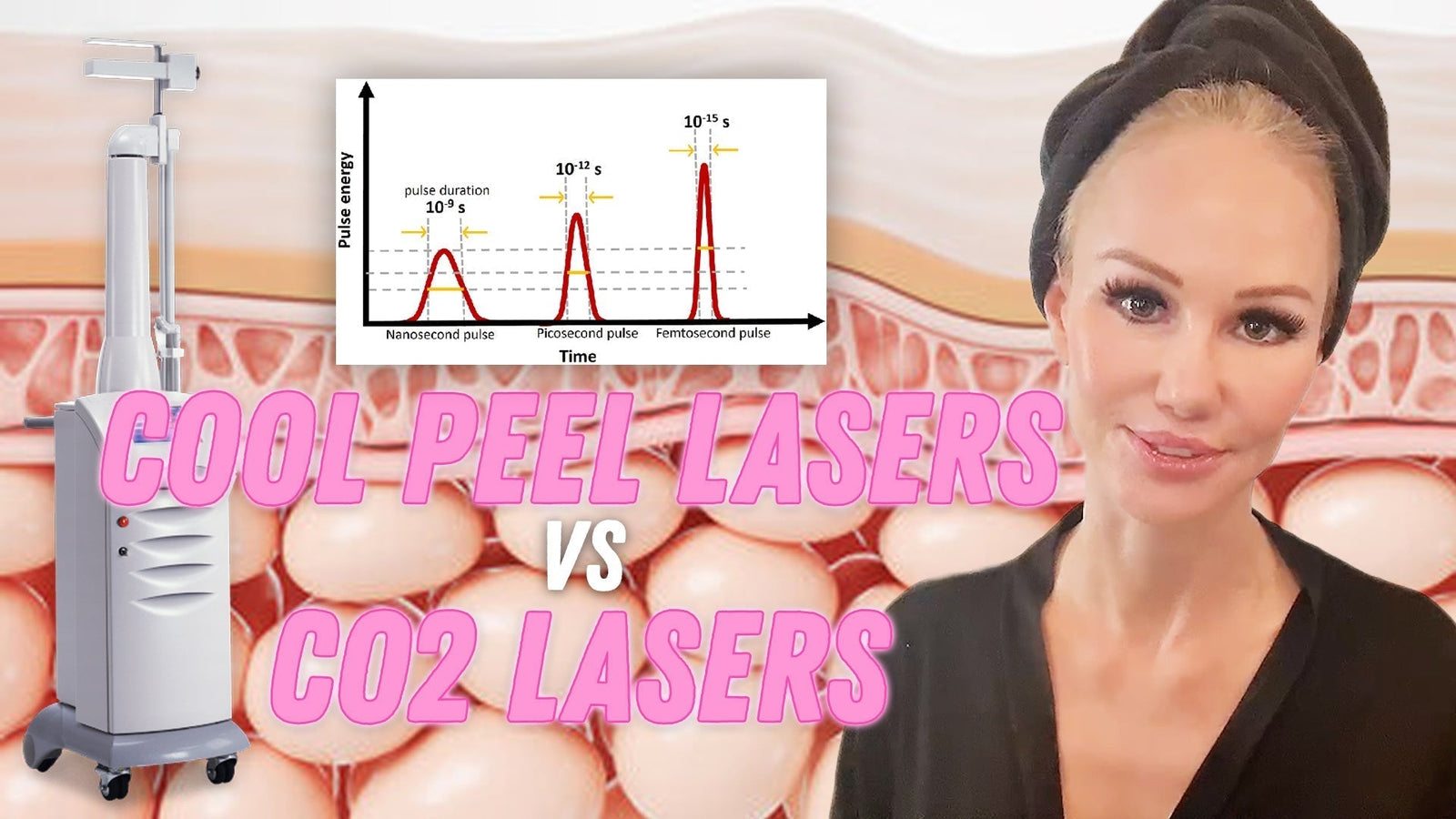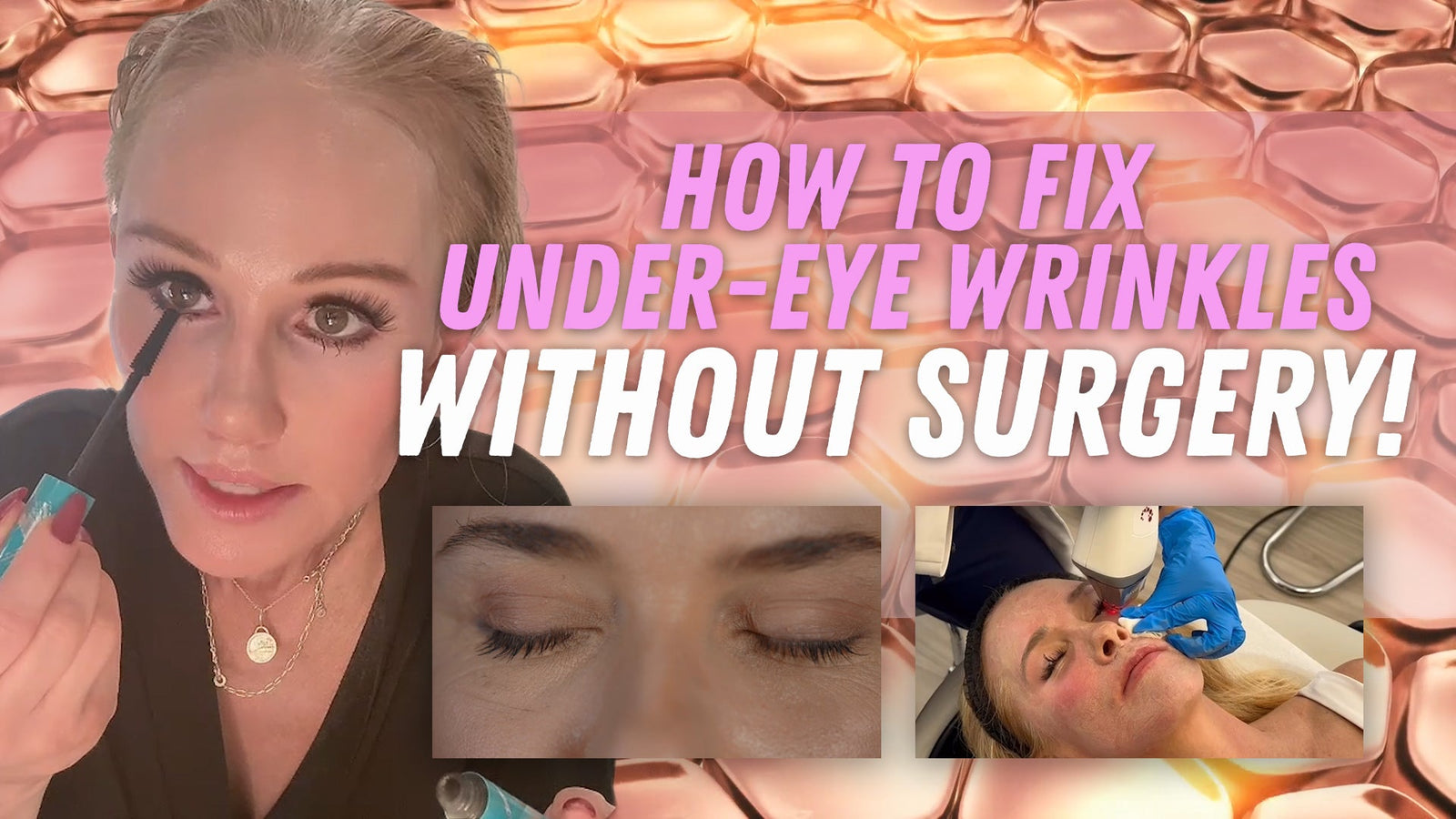Hi my beauties! Today, I want to share some exciting notes from the recent American Society for Laser Medicine and Surgery (ASLMS) meeting that I attended, where top experts in cosmetic dermatology gathered to discuss the latest advancements in cosmetic lasers and devices. It's like a "meeting of the minds" where colleagues come together to exchange knowledge and insights. So, let's dive into some of the highlights!
Ellacor/Laser Coring
One of the hot topics at the meeting was Ellacor, which has been receiving a lot of positive feedback. Many doctors have been using it off-label, not just for the lower face but also for body contouring on the arms, neck, and chest, and achieving fantastic results. Some doctors have even been using Vbeam laser after Ellacor to expedite wound healing. It's becoming a preferred treatment for more mature individuals with severe skin laxity.
What's more interesting is that the technology behind Ellacor is being transformed in the laser field. These devices use collimated light photons and coherent wavelengths to ablate the skin, creating spiral columns of treatment zones that target specific aspects of the skin, such as sebaceous glands and melanin. These lasers are giving results similar to microcoring, and it's opening up new possibilities for treating various concerns and even darker skin tones, without the need for extensive pre and post-conditioning of the skin. They can target the intradermal structures while keeping the epidermis cool to avoid hypo/hyperpigmentation. The handpieces of these lasers are getting smarter, making it safer for individuals with darker skin tones to receive laser treatments.
Maximizing results & minimizing complications
When it comes to maximizing results and minimizing complications, there are some interesting approaches being discussed. For example, using hypochlorous acid to minimize infection, particularly for fully and fractionally ablative lasers. Different concoctions are being used to minimize pain, including Pronox, a nitrous oxide-based treatment that patients can suck on during the procedure.
Another interesting topic was the time intervals between treatments to maximize results. For example, when using Softwave or Ultherapy, which involves delivering energy or heat into the skin to stimulate collagen, the newly synthesized collagen has a lower melting point than endogenous collagen, making it more sensitive to subsequent treatments. This means that doing the next treatment 6-12 weeks later can result in even better collagen synthesis.
Two new lasers
Two new lasers that were discussed at the meeting are Ultraclear and Accure. Ultraclear is a minimal downtime laser that is safe for all skin tones, similar to Clear + Brilliant. Some practitioners have been using it for photorejuvenation and anti-aging, particularly on heavier settings where a little downtime is expected.
Accure, on the other hand, is a 1726 nm laser that specifically targets sebaceous glands. It works by down-regulating and shrinking the sebaceous glands, similar to the mechanism of Accutane, but without the systemic side effects. This can help with acne and scarring, as well as reducing pore size caused by sebaceous hyperplasia. What's fascinating is that Accure uses AI-mediated temperature control regulation to keep the skin cool and reduce the risk of pigmentation, making it safer for individuals with darker skin tones. It also keeps the upper portion of the follicle cool, reducing the post-treatment purge often associated with other treatments.
So that’s my recap from the ASLMS meeting! It was filled with exciting advancements in laser technology and techniques that are shaping the future of cosmetic dermatology. For more details about each of these topics check out my YouTube video below. Subscribe while you’re there so you don’t miss any of my Sunday videos! See you next Sunday my beauties!



